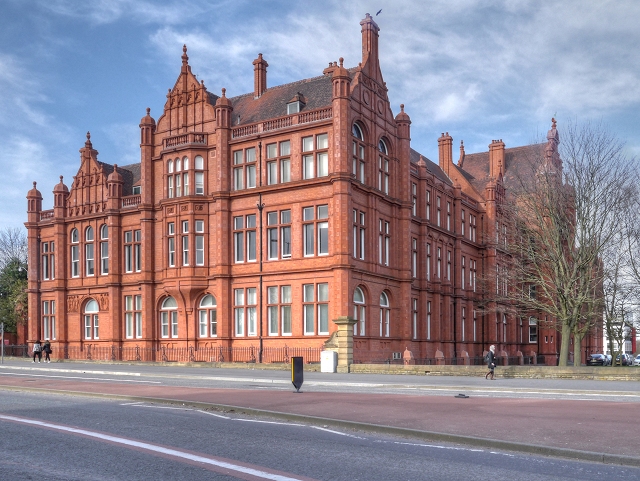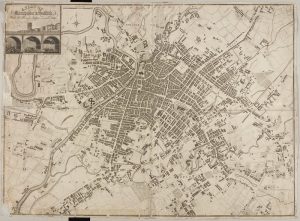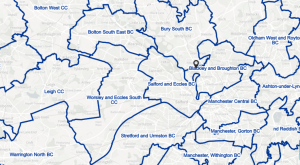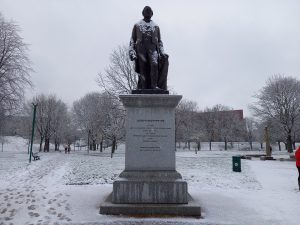
The 27th of November is Lancashire Day, celebrating the first elected representatives to Westminster from Lancashire in 1295 but it would take until 1832 for Salford’s first Member of Parliament when Joseph Brotherton was elected thanks to the Reform Act of 1832.
Back then Salford was no more than a village on the banks of the River Irwell. There was only one bridge that crossed the river near Christ Church in Manchester. What we now know as Chapel Street was once known as Salford Street, which contained a cluster of buildings and greenbelt land.

However, during the industrial revolution, the village changed. Salford experienced a huge population growth with people moving to Salford and Manchester for work in the textile industry. By 1894, the Manchester Ship Canal was completed and Salford’s involvement was further cemented with the large system of docks build by Salford’s side of the canal. 32 years later, Salford earned its city status, thus making it the second city in Greater Manchester.
Salford today covers 37 miles and is made up of five districts: Salford, Eccles, Worsley, Irlam and Cadishead, and Swinton and Pendlebury – boasting a growing population of over 270,000.

Joseph Brotherton – A historic figure in Salford
Joseph Brotherton was elected into parliament thanks to the 1832 Reform Act. Brotherton was born in Whttington on May 22nd, 1783 and moved to Salford in 1789. Brotherton did not receive a formal education, but taught himself shorthand, French, science and philosophy.
After taking over his business in 1809, it would take him just a decade to amass enough money to live on, where at the age of 36 he retired from business to devote himself to public service and religious activities.
Brotherton was passionate for education and was a key figure in the library movement locally and in the country. His figure would be taken to the next stage when in 1832 the Borough of Salford was made a parliamentary constituency. In December of 1832, Brotherton was elected as its first Member of Parliament where he would hold his seat and be re-elected 1835, 1837 and 1841 against Tory opposition.
He passed away in 1857 but his legacy lives on around the city. His statue can be found in Peel Park in Salford to this day, over 160 years after his death, on Lancashire Day.

• Image by David Dixon via https://commons.wikimedia.org/wiki/File:The_Peel_Building,_University_of_Salford_-_geograph.org.uk_-_3895316.jpg














Recent Comments